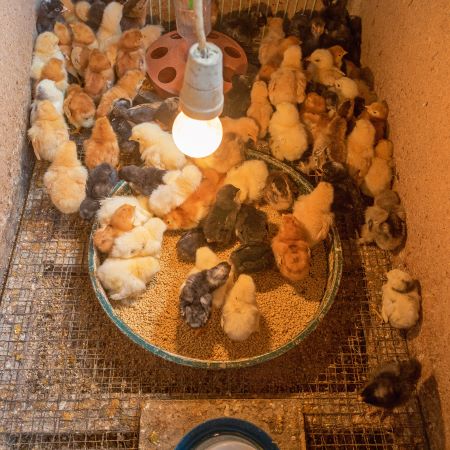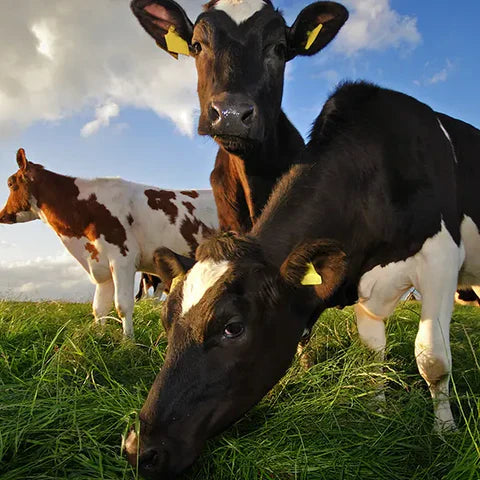Fall is the Best Time to Start Bird Feeding
Although there is never a wrong time to put out a bird feeder, the most helpful time is at the beginning of fall right after the season has changed. During spring and summer, there are a plethora of natural food sources for birds from insects to plants, but as the seasons change, so do their diets and their sources become scarce. Birds have a high protein diet in the warmer months which they obtain through insects, lizards, small animals, and nectar. As winter approaches they move to a seed and fruit-based diet to pack on calories so they can sustain themselves through winter. Keeping your feeders out through the cooler months can help your local birds and many migratory birds stay full and healthy as the temperatures drop. There are even special winter mixes in bird seed that you can buy that contain all the different nutrients and fats they will need.
Read now








